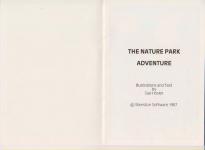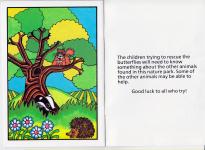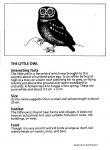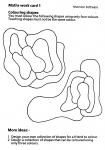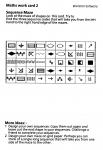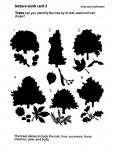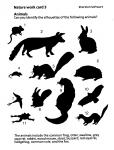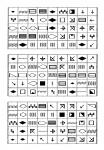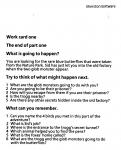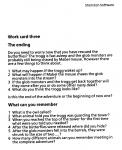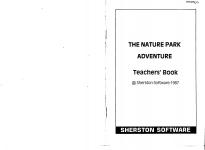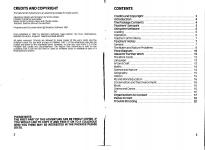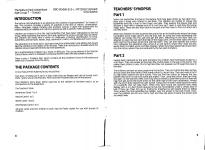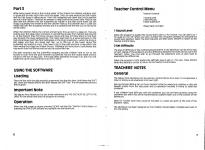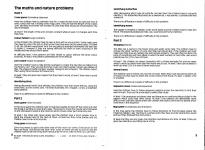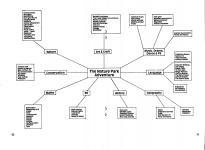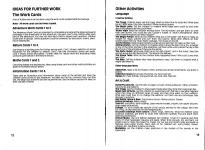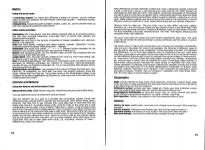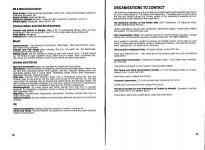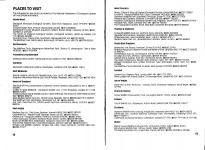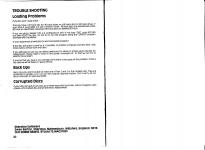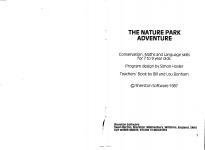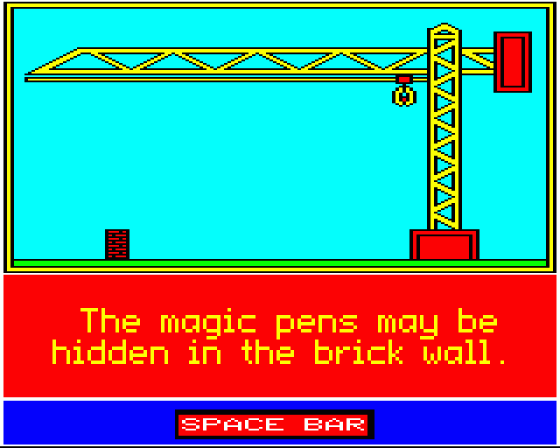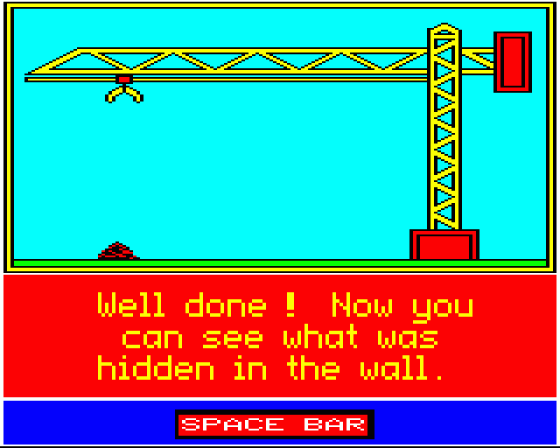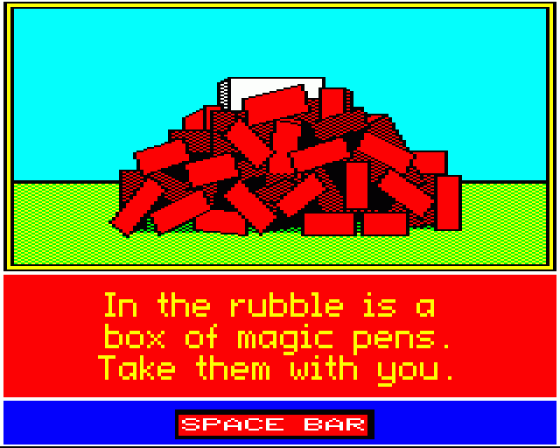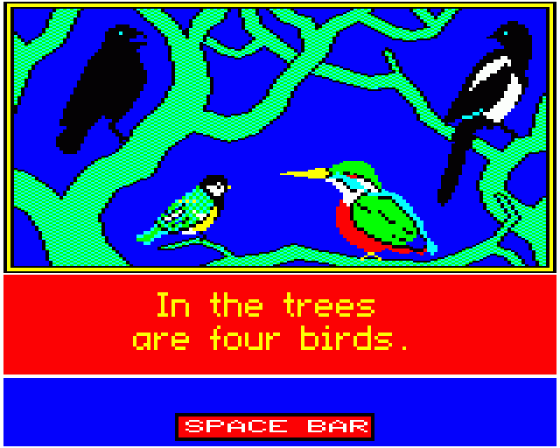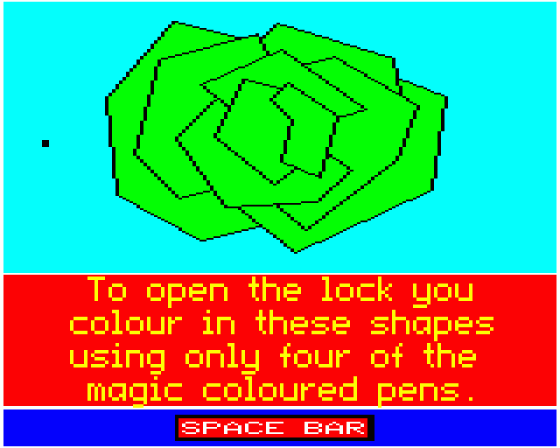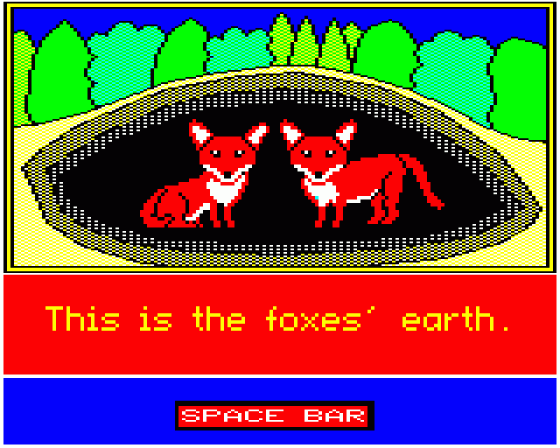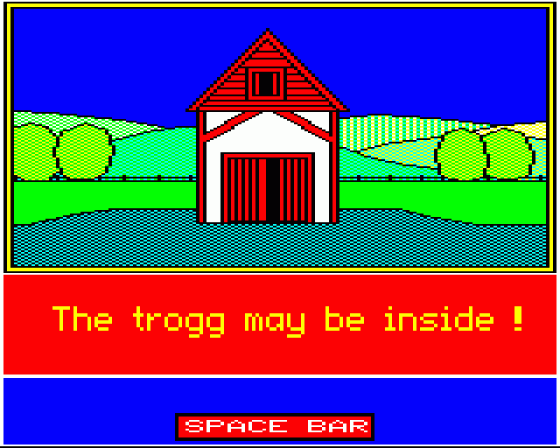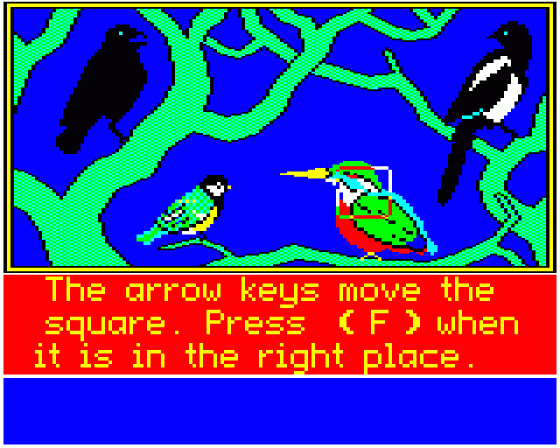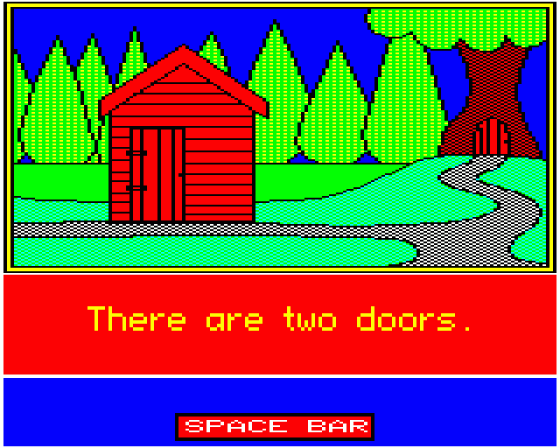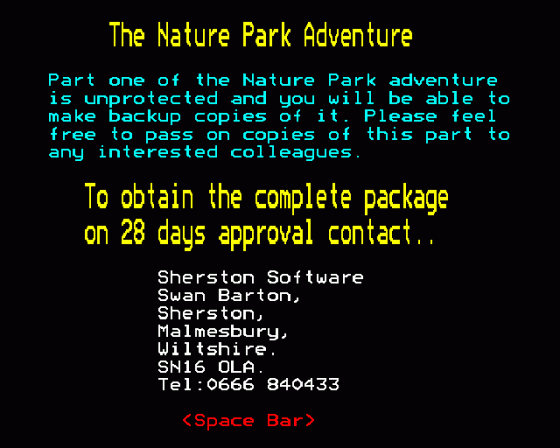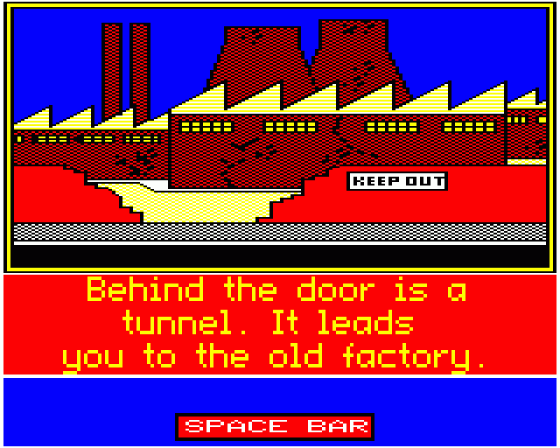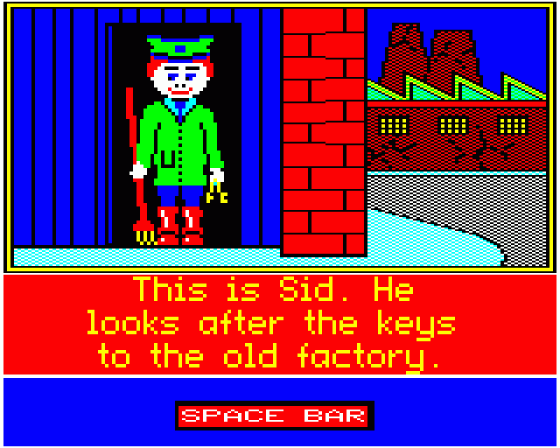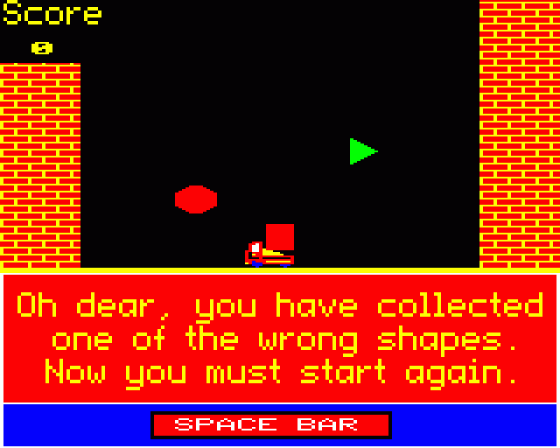

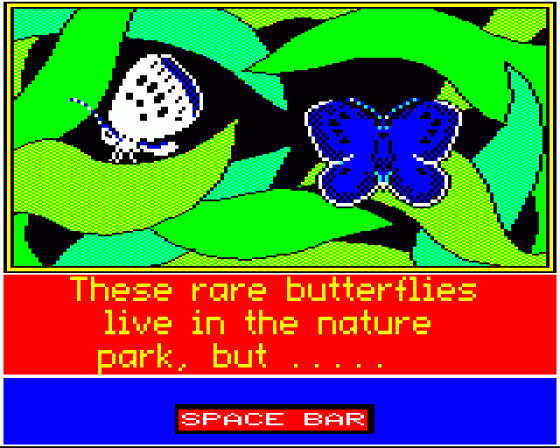
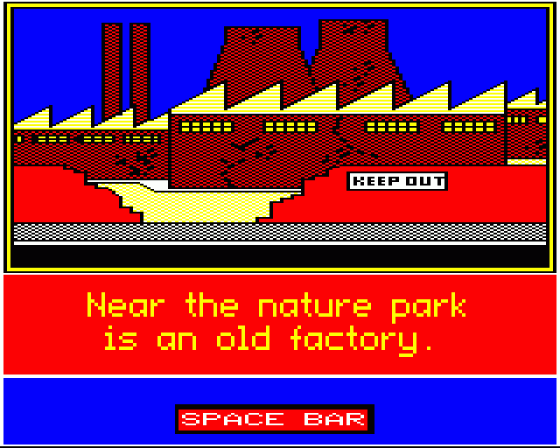

| Genre: | Educational Game |
| Publisher: | Sherston Software |
| Cover Art Language: | English |
| Machine Compatibility: | BBC Model B, BBC Model B+, BBC Master 128 |
| Release: | Professionally released on 4 x 5.25" Disc |
| Available For: | Archimedes A3000 & BBC B/B+/Master 128 |
| Compatible Emulators: | BeebEm (PC (Windows)) PcBBC (PC (MS-DOS)) Model B Emulator (PC (Windows)) |
| Original Release Date: | 26th June 1988 |
| Original Release Price: | Unknown |
| Market Valuation: | £34.09 (How Is This Calculated?) |
| Item Weight: | 134g |
| Box Type: | 5.25" Disc(s) Celophane |
| Author(s): | - |
Variant Items
There are 0 other items featuring this same game (that we know about!). Click any of them for their details.
Active Auctions
Closed Auctions
Buy It
Unfortunately no-one is currently selling this item.
Inner Inlay
Auction Price Watch
Worried you're being ripped off? Closing prices on eBay can help you decide what a reasonable price is for a particular item.
Components
This item originally came with the following components:
- Instruction Manual
- Instruction Manual (Teacher's Manual)
If scans of components are available, you will find them in the Cover Art section.

A&B Computing
1st July 1988
There are some amusing touches with the game's children shrinking in size, meeting up with spiders and two Hitchcock style beetles (Lou and Bill)! Read Review
Full Instructions
The Nature Park Adventure
Conservation, Maths and Language Skills for 7 to 9 year olds
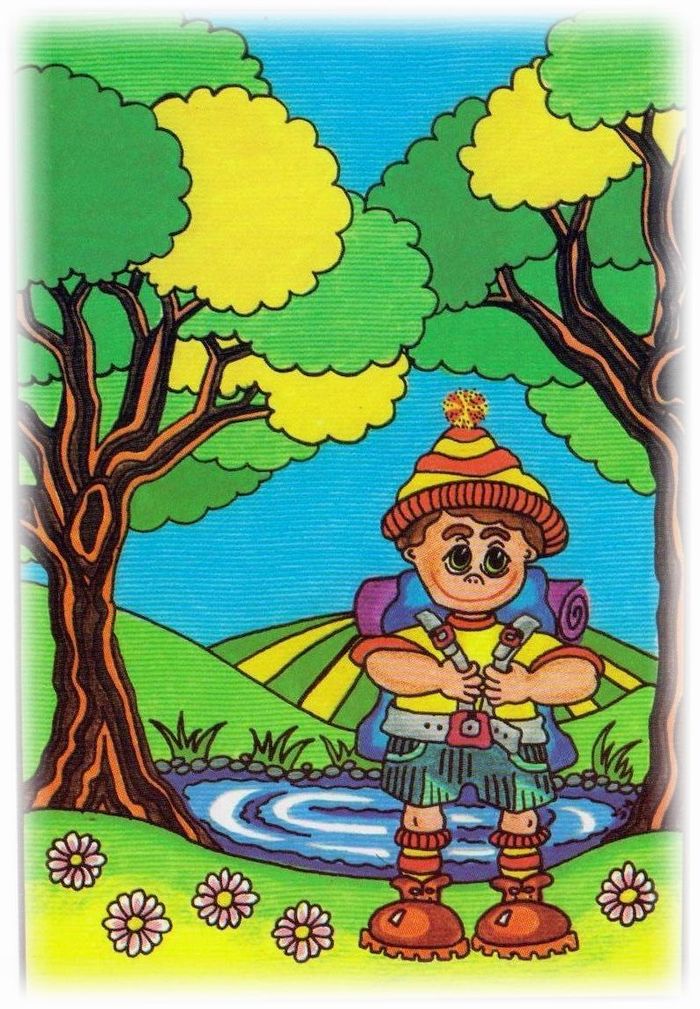 |
This is the Nature Park. It is a beautiful place where many different kinds of animals and plants can be found. All the animals live happily in the park because the visitors are kind to them.
 |
Surrounding the nature park are high mountains, vast moorlands, dark mysterious forests, and a rather ugly disused factory! Making their home inside the gold factory are a trogg and two glob monsters.
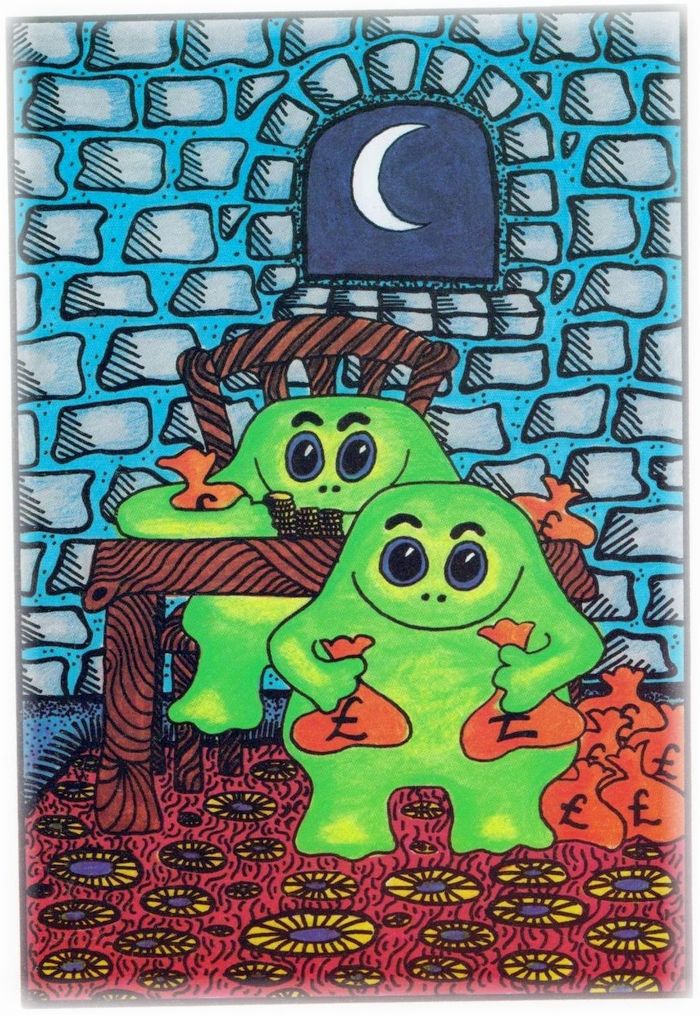 |
These are greedy, slimy, unfriendly creatures who care for nobody except themselves. They are always looking for new ways to make money and can be really nasty at the same time.
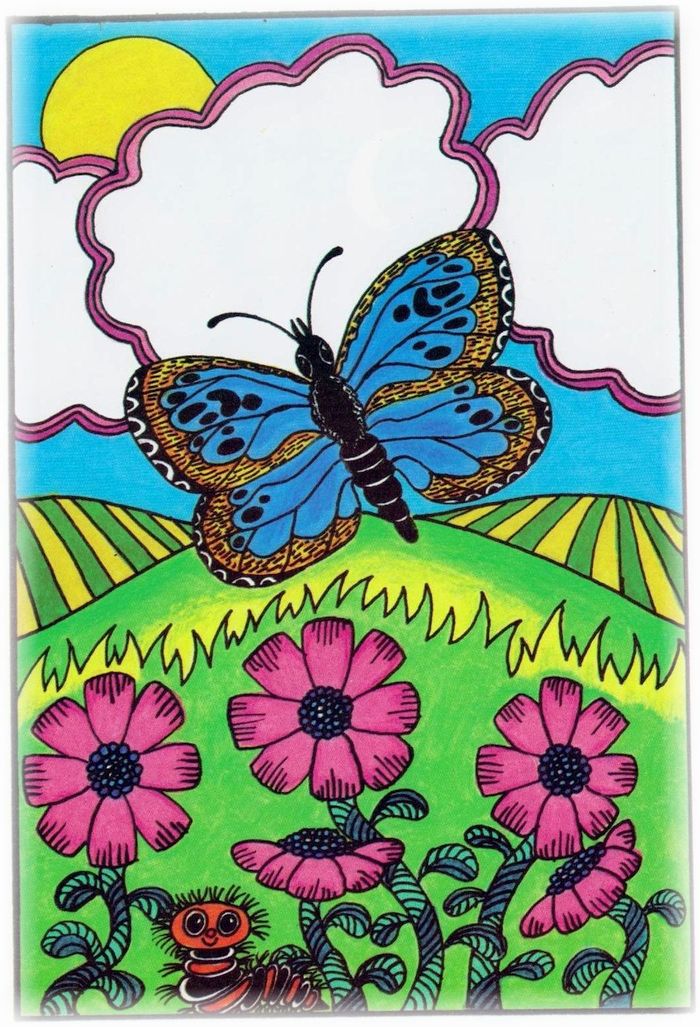 |
Visitors to the park are usually able to see the rare blue butterflies that live around the hills. However, a few days ago, they all disappeared!
They were taken by the trogg and the two glob monsters who intend to sell the butterflies to collectors.
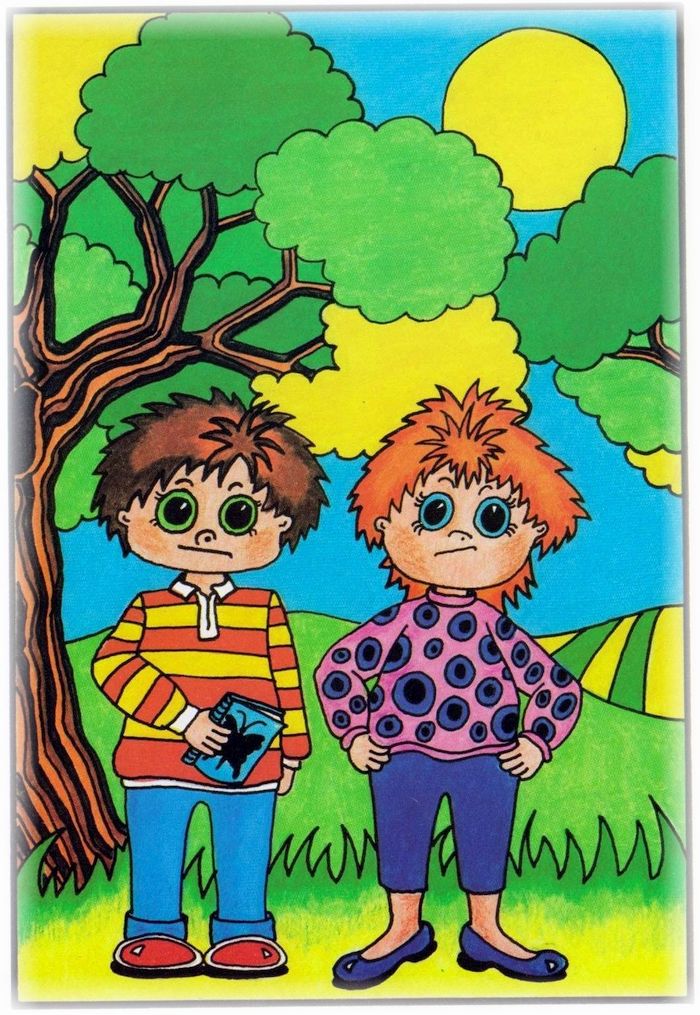 |
The visitors who come to the park are very sad because they can no longer see the blue butterflies. They are also worried about what may happen to them if they are not rescued soon.
Anyone who attempts to rescue these butterflies must be brave and fearless because the trogg and glob monsters will be watching out for them!
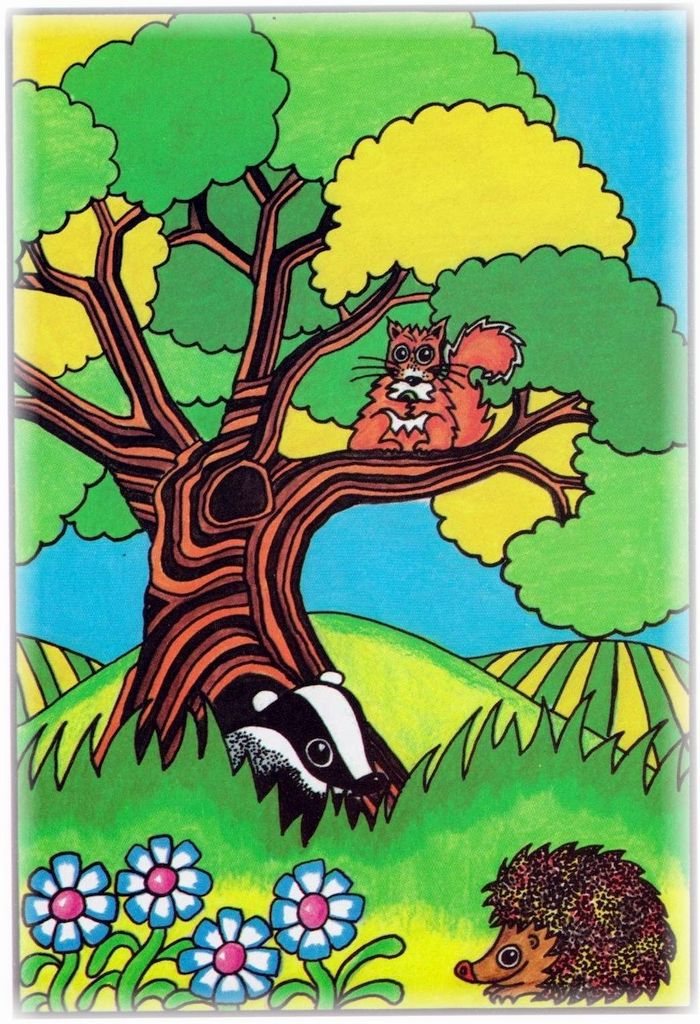 |
The children trying to rescue the butterflies will need to know something about the other animals found in this nature park. Some of the other animals may be able to help.
Good luck to all who try!
The Sycamore Tree
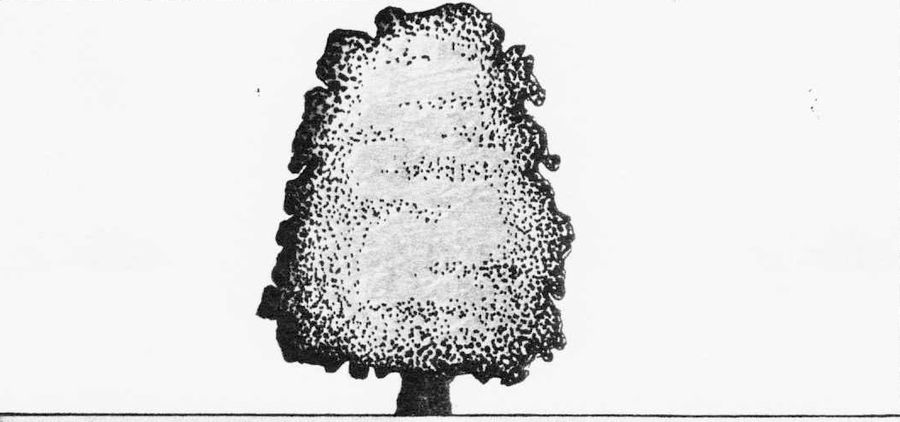 |
Interesting Facts:
The sycamore tree is sometimes called the great maple tree. In early spring the twigs bear many large fat buds and by May the tree will be covered by leaves. Before the leaves are fully out, small pale yellow flowers appear. In time, these flowers wither and turn into seed-bearing wings which are scattered far and wide by the wind.
Size:
The sycamore is a large spreading tree about 20 metres high.
Where found:
It is most common in woods and hedges.
Leaf and seed:
A sycamore is a deciduous tree which means it will lose its leaves during the winter.
 |
The Fox
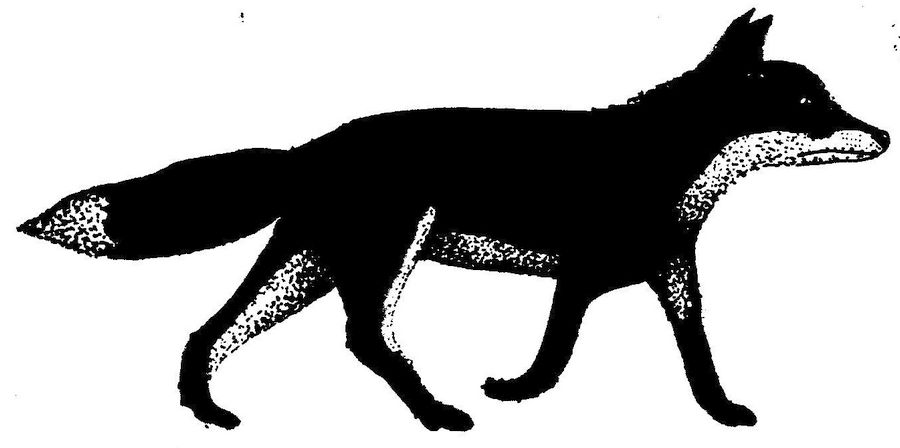 |
Interesting facts:
A fox is extremely clever at avoiding man and will usually hunt in the evening or at night. It has an excellent sense of smell, and good eyesight and hearing. Its footprints and bark are very similar to that of a dog.
Size:
From the tip of its nose to the end of its tail, a fox can meeasure up to 120cm, and weigh up to 9kg.
Habitat:
The fox can be found throughout the countryside and even in towns. It normally lives in a large hole in the ground called an earth which is often the disused set of a badger.
Food:
The fox eats all kinds of small animals from beetles to baby deer and will also eat fruit. The usual diet consists of mice and other small rodents but it will eat pheasants, partridges, and other bird including chickens. In towns it may also take food from rubbish bins.
The Common Frog
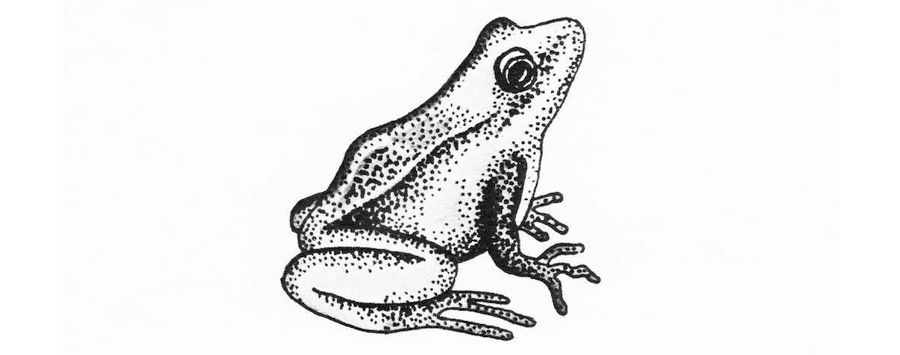 |
Interesting Facts:
The eggs from the common frog have black-brown centres and can be found in ponds and streams from about March of each year. The eggs are covered in jelly and found in large clumps called spawn. From the spawn tadpoles are hatched. A tadpole will gradually grow back legs, then front legs and then lose its tail to become a froglet.
Size:
The common frog grows to about 10cm in length.
Habitat:
It can be found in streams, moors and marshes, and because the common frog will travel a long way from water can also be found in gardens and woods. During the winter, the common frog will burrow into the soft mud at the bottom of ponds or streams.
Food:
Like all butterflies it does not bite or chew and feeds by drinking nectar from flowers.
The Large Blue Butterfly
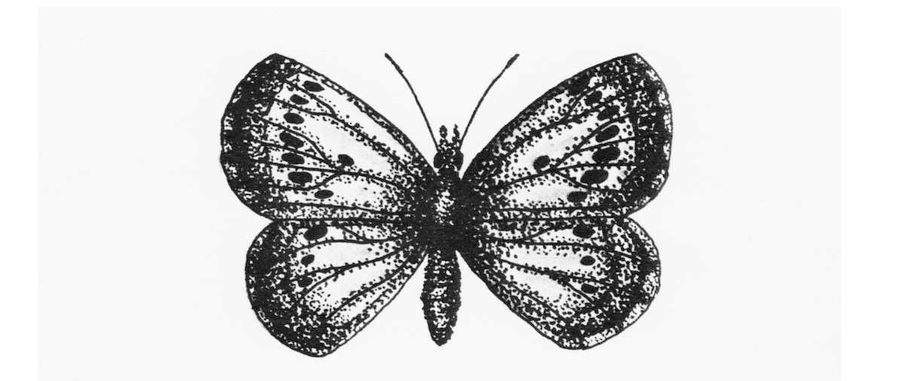 |
Interesting Facts:
The large blue butterfly has a very interesting life. Eggs are laid on the flowers of wild thyme and hatch into small red caterpillars. The sugary liquid which covers the caterpillars is liked by red ants who carry the caterpillars into the ants' nest. When inside the next, the caterpillars will stay all winter feeding on the larvae of the red ants. In the spring, the caterpillars turn first into pupae, and in June and July finish changing into the large blue butterflies.
Size:
From wing tip to wing tip, the large blue butterfly measures 4cm.
Habitat:
The large blue butterfly is found on chalk hills, where the wild thyme grows. It is becoming very rare and is now seen only in the south west of England.
Food:
Like all butterflies it does not bite or chew and feeds by drinking nectar from flowers.
The Little Owl
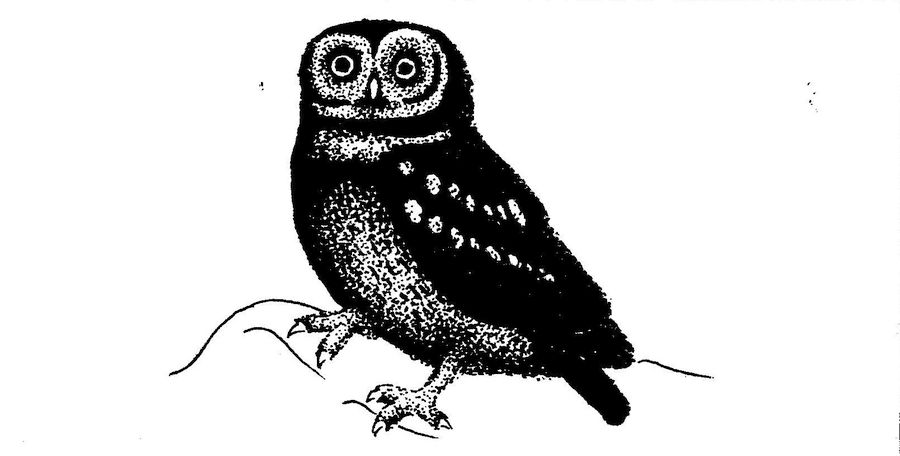 |
Interesting Facts:
The little owl is a fierce bird which was brought to this country about a hundred years ago. It can often be found high in a tree, on a barn roof watching for its prey, or flying slently just above the ground over open woodland or orchards. A female lays 4 to 6 eggs in the spring. These are pure white and about 3.5cm x 3cm.
Size:
As the name suggests, this is a small owl whose length is about 20cm.
Habitat:
The little owl is found near farms and villages. It does not have an actual nest but uses suitable hollows in rocks, old buildings, or trees.
Food:
Though it is very small it will kill birds as large as itself, but mainly feeds on insects, mice and bats.
Loading
SHIFT-BREAK to load
Game Credits
Program design: Simon Hosler
Teacher's Book: Bill and Lou Bonham
(c) Sherston Software 1987
Screen Designers
The following utilities are also available to allow you to edit the supplied screens of this game:
Cheats
Download
A digital version of this item can be downloaded right here at Everygamegoing (All our downloads are in .zip format).
| Download | What It Contains |
|---|---|
| A digital version of The Nature Park Adventure suitable for BeebEm (PC (Windows)), PcBBC (PC (MS-DOS)), Model B Emulator (PC (Windows)) |
Report A Problem
We thank you from the bottom of our hearts if you report something wrong on our site. It's the only way we can fix any problems!
You are not currently logged in so your report will be anonymous.
Add Note
Release Country
Change the country to update it. Click outside of this pop-up to cancel.
Scan Of Selected Article
If you auction an item, it will no longer show in the regular shop section of the site.





